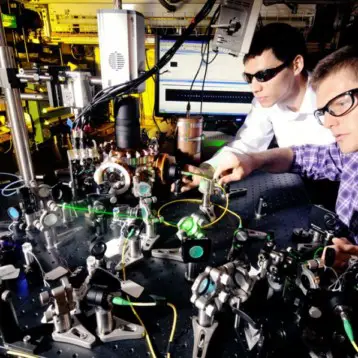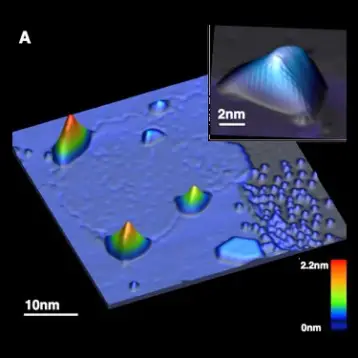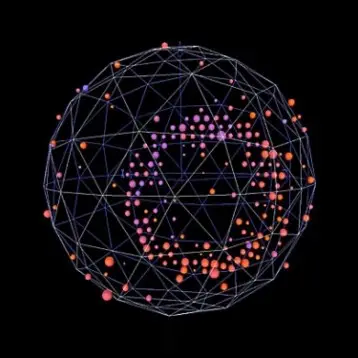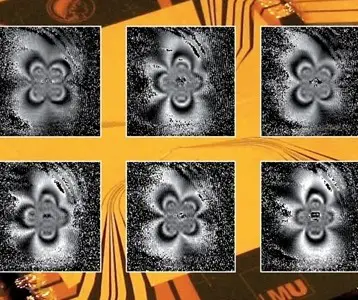|
An atom, the smallest particle of matter still characterizing a chemical element, consists of a dense nucleus of positively charged protons and electrically neutral neutrons and is surrounded by a much larger cloud of negatively charged electrons. An element’s atomic number signifies how many protons are in the nucleus. While atoms have an equal number of protons and neutrons, an isotope has a similar number of protons but a different number of neutrons, giving the atom a different mass number. An atom may have multiple unique isotopes with distinctive properties.
According to one of the leading theoretical models, Aluminum-42, which is composed of 13 protons and 29 neutrons, shouldn’t exist. “The dripline” or what is suggested to be the top limit for neutron stuffing (shooting more neutrons into the nucleus of the atom), is unknown for elements beyond oxygen. The fact that Aluminum-42 does exist suggests the possibility of more neutron-rich isotopes than scientists previously deemed possible.
|
Thomas Baumann and his colleagues at Michigan State University’s National Superconducting Cyclotron Laboratory (NSCL) created and detected these three rare isotopes – Aluminum-42, Aluminum-43 and the much searched for Magnesium-40. Their breakthrough, made utilizing a dual filtering process that detected and measured isotopes so rare that they represent only one in every billion million particles that passed by the detectors, may enable detecting other especially rare isotopes.
Hendrik Schatz, an NSCL physicist who was not involved in the experiment, says that this discovery is interesting, but also worrisome, as the results complicate physicists’ efforts to understand how stars and supernova explosions forge neutron-rich isotopes as intermediate steps toward creating elements heavier than iron. These new results are more directly related to another astrophysical scenario. The formation of these heavy isotopes could help explain certain anomalous flashes of X-rays that astronomers have observed coming from neutron stars, Schatz speculates.
Earlier this year, TFOT covered the 2007 Nobel laureates for physics and chemistry and their contributions to science.
For more information about these newly created heavy isotopes, see the NSF website (more info and video here).












